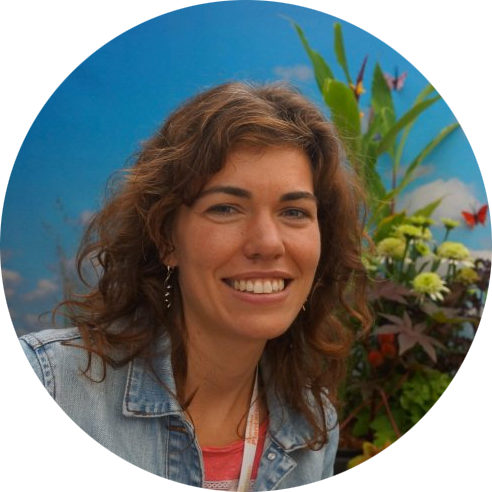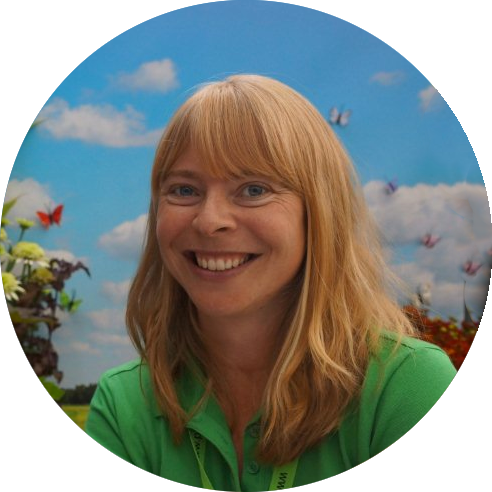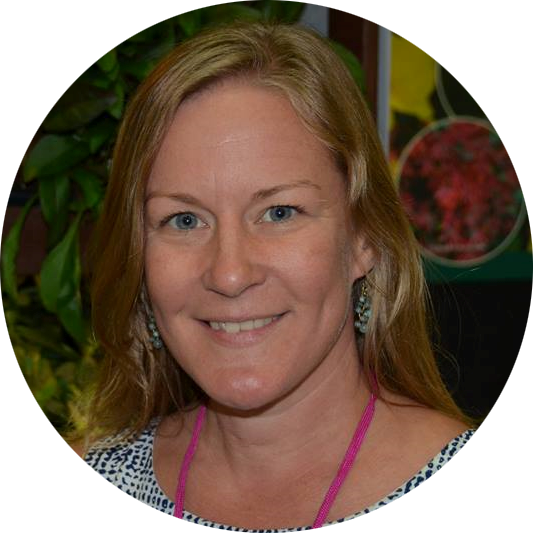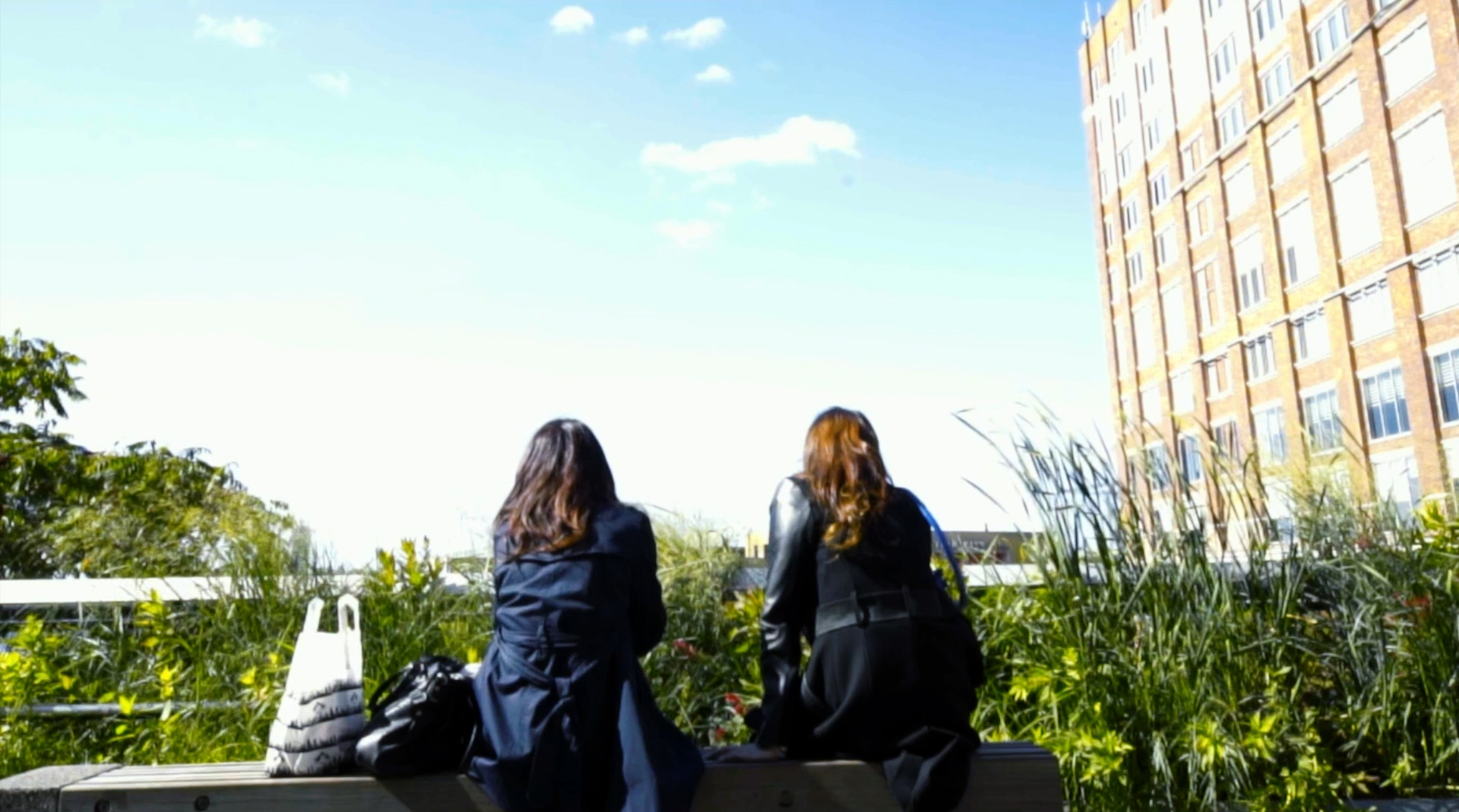INSPIRATIONAL MOVIE
Claudia West, ecological landscape designer, about functional planting in future green cities.
PLANTING FOR PURPOSE & FUNCTION
We aim to inspire, educate and advice designers, landscape architects, project developers, hospitals, governments, local communities and societies about functional planting and create more awareness for re-naturing cities and creating more healthy ecosystems.
Plants are not merely decoration. Plants are highly functional. When used thoughtfully and in a proper combination, plants are capable of delivering sustainable solutions for environmental, social and economic challenges.
By harnessing the wisdom of nature and truly understanding the full functionality of plant palettes, we position ourselves in an advantage when facing the harsh realities of an ever-changing climate. The intelligent use of plants not only contributes to increased biodiversity, but also improved quality of life for us and our environment. Plants absorb more CO2 than originally believed, and are excellent at filtering fine dust particles, dampening noise pollution and cooling environs through warm spells. It’s all about using the right plants in the correct location. By doing so, we garner solutions and create a more balanced ecosystem. When this is achieved, we grow healthy sustainable ecosystems together.
Meet the team
We are all professionals with a passion to (re)build healthy ecosystems to make a difference!

Corine Holtmaat,
initiator and producer
from The Netherlands

Mans van den Berg,
film director
from The Netherlands

Claudia West,
ecological designer
from The United States

Carrie Wiles,
horticulture professional
from The United States
BENEFITS AND PROFITS
Plants are important, but not just because they give us food to eat and oxygen to breathe.
Climate
Plants can be used to alleviate the severe temperatures our cities experience. While providing shade, plants also cool cities by evaporating water through their leaves into the atmosphere.
Plants also help to control the amount of carbon dioxide in the atmosphere. For plants CO2 is not a waste product but a raw material: plant food.
Air
Plants purify air. While taking in carbon dioxide, plants absorb air particulates, which is then processed into oxygen through photosynthesis.
Water
Plants capture, absorb and filter stormwater. They hold water for soil to trap, absorb, and filter out pollutants, while recharging groundwater supplies.
Healthy, robust root systems absorb water to sustain vegetative growth. These root systems also create an anchor and prevent floods in periods of inundation.
Health
Plants enhance quality of life in cities and towns and make people feel better. For example, hospital patients with plants in their rooms were more positive and had lower blood pressure and stress levels. Scientific studies tell us how urban greening improves human health and well-being in many ways.
Biodiversity
The more plant, insect and animal species there are in one area the greater the biodiversity and the healthier the ecosystem.
Bees and butterflies play a vital role in the pollination of plants and the production of crops.
Economy
Working with nature leads towards a more resource efficient, competitive and greener economy. It helps to create new jobs and economic growth, through the manufacture and delivery of new products and ecosystem friendly services.

Booklist
- Planting in a Post-Wild World, Thomas Rainer and Claudia West
- Last Child in the Woods, Richard Louv
- The Biophilia Hypothesis, Edward O. Wilson
- A Sand County Almanac, Aldo Leopold
- Bringing Nature Home, Doug Tallamy
- The Lorax, Dr. Seuss
- Silent Spring, Rachel Carson
WE PARTNER WITH
GET IN TOUCH
Join us & connect! By chain collaboration we catalyze impact together to build a more sustainable society and resilient world.
Looking for additional information and advice on how functional planting can enhance the overall effect of your projects?
Don’t hesitate to contact us!
Contact
- Utrecht, The Netherlands
- info@functionalplanting.com
- +31 624 874 890





